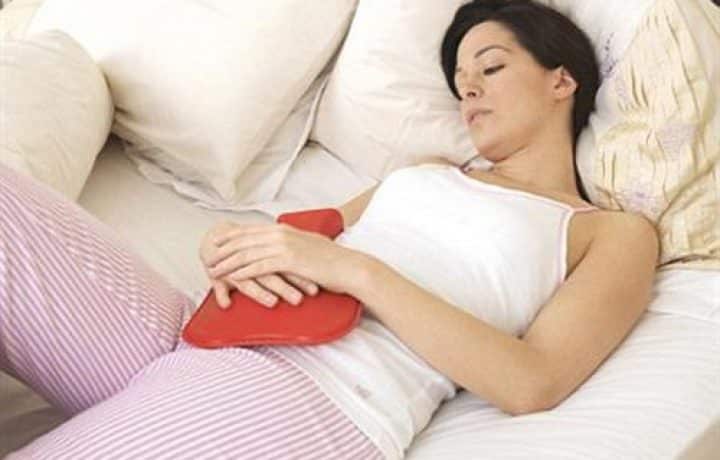Although acupuncture is generally safe, various complications have been reported, including several deaths. The following list is not intended to be exhaustive but will give an idea of what to look out for.
PAGE CONTENTS
Infection
This is so rare as to be almost unknown. The main exception concerns the use of semi-permanent needles in the ear. These can certainly cause local infections and there have been one or two cases of bacterial endocarditis. It is therefore safest not to use this technique at all, especially since it can also give rise to infection of the cartilage, which is difficult to treat.
The principal viral infections liable to be transmitted by acupuncture are HIV and hepatitis. (There is a high incidence of positive serology for hepatitis in China, possibly caused by acupuncture.) HIV is of course even more serious than hepatitis, but transmission requires more blood than does hepatitis B and there have been only a few cases of transmission via acupuncture needles, though this is of course no cause for complacency. Naturally, both dangers are prevented, so far as the patient is concerned, by the use of disposable needles.
Infection of the acupuncturist is another matter. If you perform acupuncture you are obviously at risk from needlestick injuries. The usual sharps precautions should therefore be employed; in addition, most doctors have now been immunized against hepatitis. Self-injury occurs most commonly as the needle is being inserted, though it may also occur as the needle is withdrawn. I always advise that needles be inserted once only and be disposed of as soon as they are withdrawn from the patient; if you observe this rule meticulously you are unlikely to stab yourself with a used needle.
Be careful how you put the needle into the disposal bin. If the tip catches on the lip of the bin the needle can in certain circumstances spring into the air and fly across the room like an arrow. To avoid this danger, hold the needle horizontally rather than vertically and drop it into the bin from a short height.
To swab or not to swab?
There is little evidence that swabbing the skin with alcohol is of any real value and it is probably not worth doing unless the skin is visibly dirty.
Haemorrhage
Minor capillary bleeding is quite common but not significant. It is of course easy to stop it by direct pressure. Sometimes a small bump (haematoma) forms as the needle is withdrawn; this should be dispersed by firm finger pressure for a minute or two. Patients should be routinely warned about the possibility of a bruise appearing after acupuncture.
Patients who are taking anticoagulants or aspirin are naturally more at risk of haemorrhage; there is no need to exclude acupuncture in such cases but it is probably safer to avoid deep needling which might give rise to a haematoma within the tissues.
Anatomical damage
Almost every organ in the body has been punctured by an acupuncturist at one time or another. In practice, the most vulnerable organ is the lung. There have been at least 2 cases of fatal pneumothorax in the last few years, both caused by doctors. Remember that pneumothorax may not come on for several hours after acupuncture and may not be visible at first on a radiograph. It is essential to refresh your memory about the anatomy of any potentially dangerous region before carrying out acupuncture there.
Needle fracture
Unlikely but not impossible. It is safest to avoid putting needles in ‘up to the hilt’ since it is at this point that fracture is most likely to occur.
Fainting
This is so common as hardly to constitute a complication. It is no different from the fainting that can occur with any other minor surgical procedure, including venepuncture; young fit men are the most likely to faint. If you are in any doubt it is safest to treat potential fainters lying down rather than sitting, although this is sometimes not very convenient. One solution is to get the patient to sit sideways on the couch with his back towards you; if he then begins to feel faint, you can make him lie down without the risk of his falling on the floor.
Sweating
Like fainting, this is an autonomic effect. It can occur in people who are not particularly anxious and may be quite marked.
Convulsions
Quite a number of practioners have reported the occurrence of these. The fits occur typically in people without a history of epilepsy and seem to be due to temporary cerebral anoxia. They are less likely to happen if the patient is lying down though this does not prevent them altogether.
Abortion
There are numerous anecdotal reports of acupuncture causing abortion. While these may be coincidences it is safest to assume that they are not, and pregnancy, especially in the first three months, is therefore at least a relative contraindication to acupuncture. If you do decide to carry it out you should treat the patient very lightly, and certain sites should be avoided altogether (Sp 6 and the lower back).
